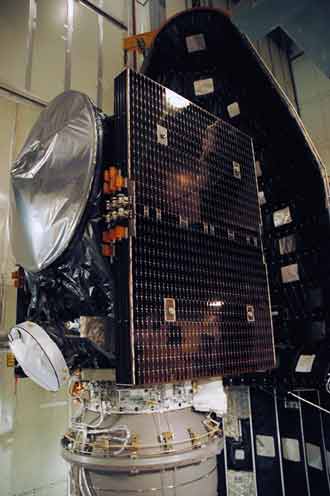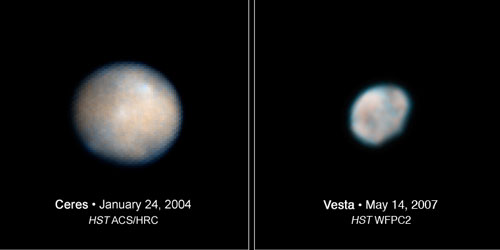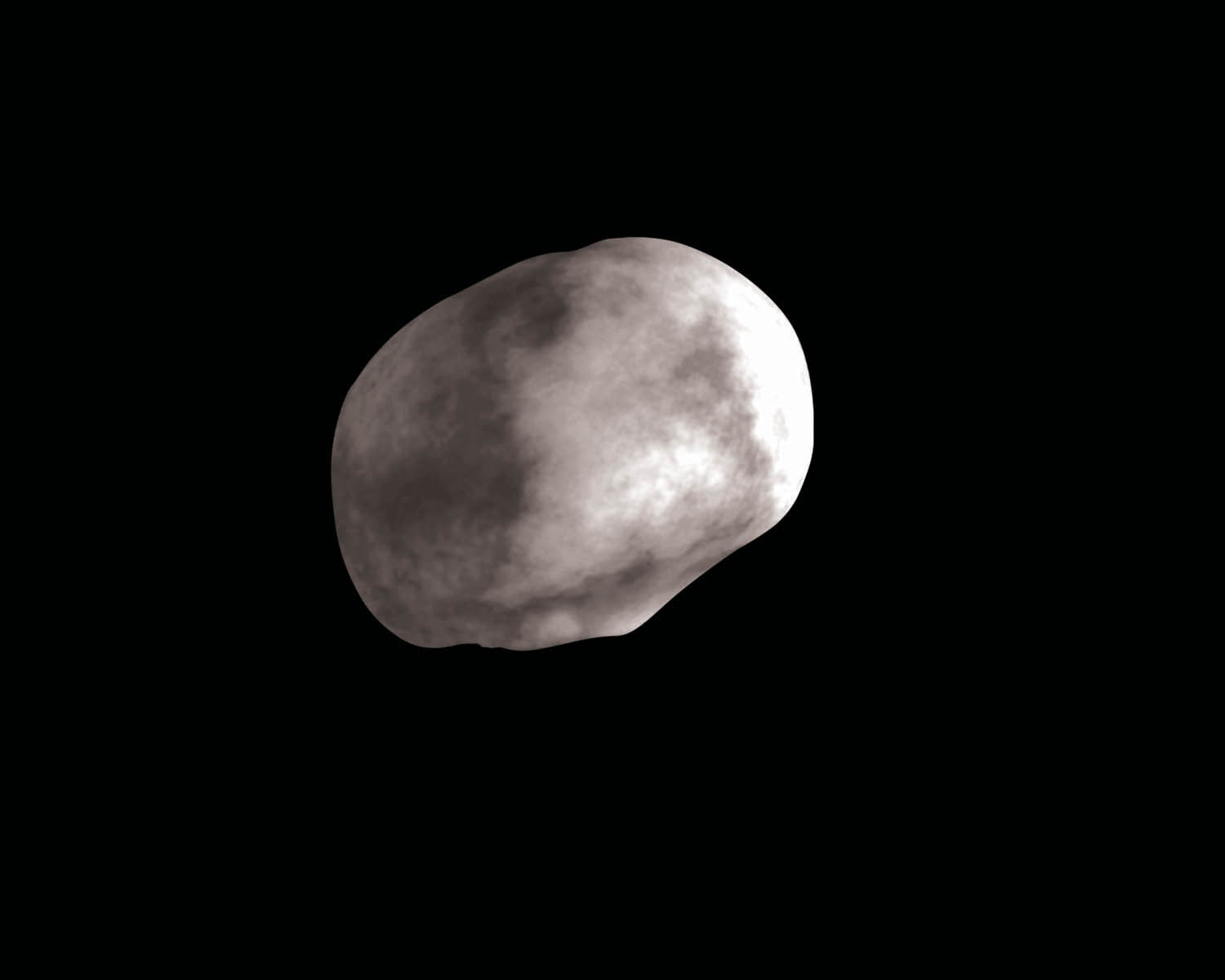In the coming years, the spacecraft will visit Ceres and Busta - two of the largest asteroids in the main asteroid belt
The launch of NASA's Dawn spacecraft, a mission designed to study the two largest objects in the asteroid belt, has been delayed until September. The decision was made on Saturday after a careful review by NASA's Science Mission Administration, the mission managers, its principal investigator, and the approval of the NASA administrator.
The main reason for the postponement was a combination of limited launch opportunities for Dawn in July and fear of the collision of preparations with those intended for the launch of the Mars lander Phoenix in early August. NASA says that the postponement will not affect the pace of achieving the scientific goals compared to the launch in July.
On Monday, NASA is planning a press conference for the launch of the Mars lander Phoenix.
(previous update)The Dawn spacecraft will be launched into the asteroid belt no earlier than Thursday
The launch of the Dawn spacecraft that was supposed to take place today (Sunday) has been postponed until the weekend. The delay was caused by malfunctions in the plane that is supposed to collect signal data from the launcher during the launch, and the availability of a tracking ship. Also, the weather forecast in Cape Canaveral raised concerns that the critical process of filling the fuel tank would not be possible to carry out on Friday.

The Dawn spacecraft before being inserted into the launch vehicle
NASA is preparing for the launch of the Dawn spacecraft to the asteroid belt located between the orbits of the planets Mars and Jupiter. The spacecraft will closely study two dwarf planets, Ceres and Vesta.
The spacecraft's first stop is planned for the dwarf planet Vesta, an asteroid that may have been part of an ancient supernova in the early days of the solar system. After observations and studies of Vesta, the researchers hypothesized that the asteroid in its early days was partially molten, thus allowing heavy chemical elements such as iron to sink into it and form a dense core that would make the upper layer glow.

Keres Vista - Photo: Hubble Space Telescope
"It's interesting and a little puzzling," says Chris Russell, director of research for the Dawn spacecraft at the University of California, Los Angeles. Fusion requires a heat source such as gravitational energy, which is released when materials combine to form the asteroid. Vesta is a small dwarf planet, "too small," adds Chris. The average diameter of Vesta is 530 km. "There wasn't enough gravitational energy to melt the asteroid at the time of the transformation," says Russell.

Vesta
NASA imaging
There are scientists who believe that Vesta's first transformation processes began because of what they call "spiced up" - "seasoning" the asteroid with chemical elements such as aluminum-26 and iron-60 that were created from two supernovae that exploded during the early days of the solar system. Elements like iron and aluminum are considered radioactive isotopes, the asteroid cooled and solidified them into their current state.
According to the plan, the spacecraft is supposed to reach the dwarf planet - Vesta, and enter its orbit in October 2011. The surface images that will be sent from the spacecraft will reveal more accurate details for further research on its molten past, while the spectrometers will compile a complete list of the minerals and chemical elements that make up the face of the planet. Vesta's gravity field will be mapped by the spacecraft and may also decide the question of whether there really is a Busta iron core?
After the seven-month orbit, the Dawn spacecraft will perform a maneuver that has not yet been performed before: to leave the orbit of a distant body and fly into the orbit of another body within the asteroid belt.
This dangerous maneuver is practically impossible if the spacecraft operates the conventional engines. Instead, the spacecraft will use pigeon propulsion which consumes a tenth of the propellant. The engines proved themselves with the well-known experiment of the spacecraft Deep Space 1, managed by NASA. The thrusters of the Dawn spacecraft will fly it from the dwarf planet Vesta to the second dwarf planet - Ceres, in February 2015.
The average diameter of Ceres is 950 km, and the largest among the other objects in the asteroid belt. Oddly enough, it's not as rocky as the dwarf planet Vesta, an icy hook. "Cres is going to be a real surprise for us," says Russell. Since it seems to be covered in an icy layer between 60-120 km thick, the surface has changed dramatically over time, more shifted. Ceres will not necessarily open a window into its ancient past, it can teach scientists about the role of water in the process of the formation of planets. For example, why do planets like Capricornus and Earth hold huge amounts of water while Xosta is completely dry?
"Vesta will teach us about an ancient era and Keres will tell us what happened after," says Russell. Together they will provide two unique stories, about what happened in the past in our solar system and who knows how many more lessons we will learn about the formation of the planets?

2 תגובות
To the guy who asked if the spaceship was supposed to return to Earth at the end of its mission and I accidentally deleted his question - the answer is no. Why should she come back? After all, it transmits the images and device data.
The launch was postponed to September